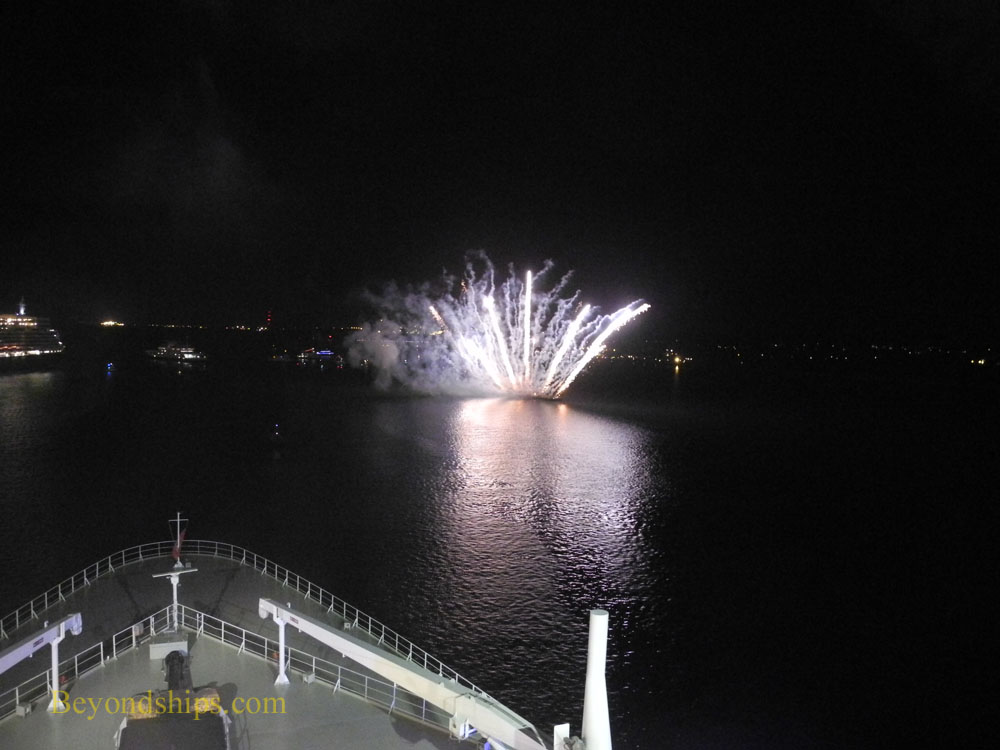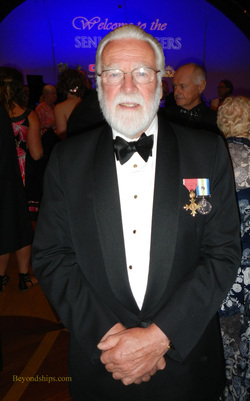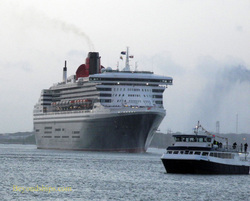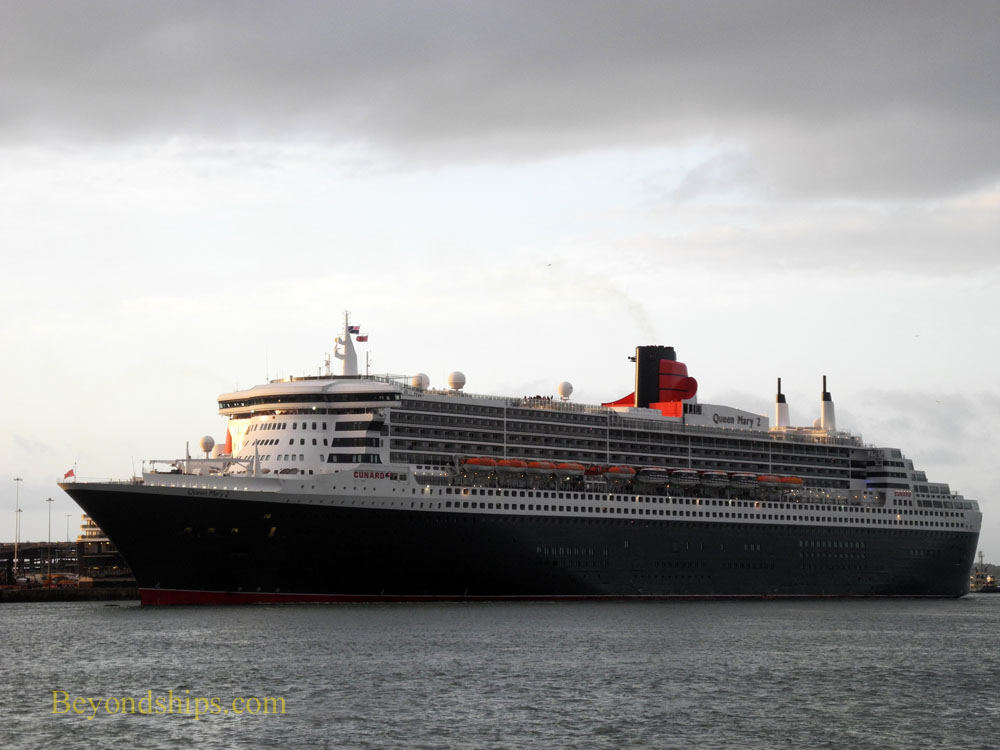QM2 10th Anniversary:
|
Part One: A Reason To Celebrate Part Two: QM2 Today and Tomorrow Photo feature: QM2 Birthday Celebrations |
|
|
|
Cruise ship interview - - Cunard Line - - Queen Mary 2 - - Cunard CEO David Dingle, Commodore Ronald Warwick, Dr. Stephen Payne - - page 2



